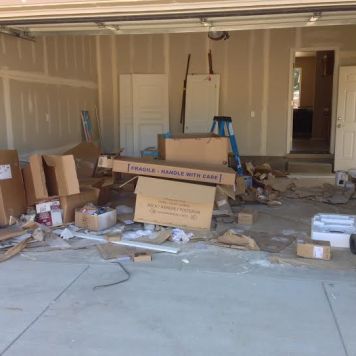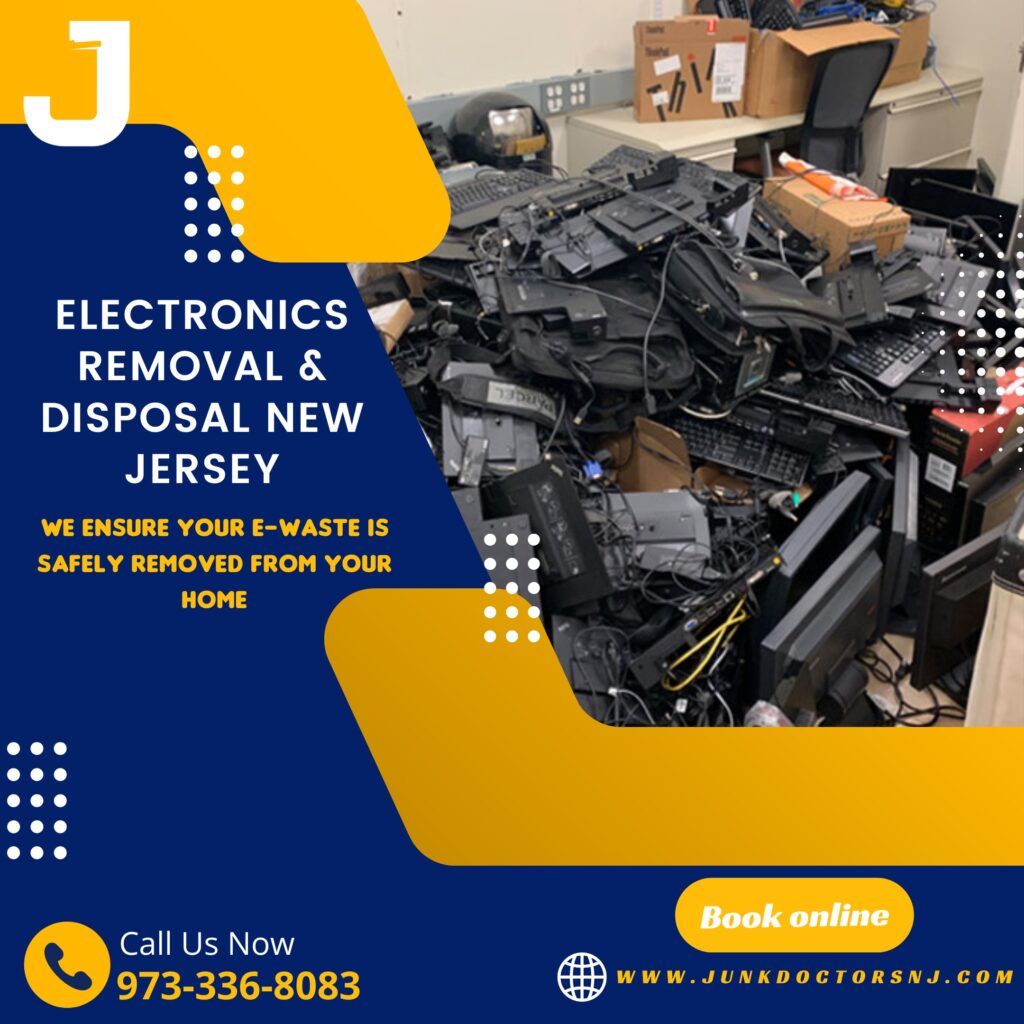Construction waste removal is a process that is often overlooked but is essential to any construction project. Construction waste includes materials such as concrete, bricks, wood, sheetrock and metal that are left over from construction or demolition projects. This waste can take up valuable space on a construction site, and it can be a health and safety hazard if not properly removed.

There are a few things to keep in mind when it comes to construction waste removal. First, it is important to have a plan in place for how the waste will be removed from the site. This plan should be created before the construction project begins. Second, the construction company should have a contract with a waste removal company. This contract should outline how the waste will be removed and disposed of. Finally, the construction company should make sure that the workers on the site are aware of the plan for construction garbage removal.
The following are a few tips for construction waste removal:
-Create a plan: As mentioned above, it is important to have a plan in place for construction rubbish removal before the project begins. This plan should be created in collaboration with the waste removal company.
-Communicate with the workers: The construction company should make sure that the workers on the site are aware of the plan for construction waste removal. This communication can help to avoid any confusion or mishaps.
-Stay up to date on regulations: There may be local, state, or federal regulations that apply to rubbish removal. It is important to stay up to date on these regulations to ensure that the waste is removed and disposed of properly.
-Use the right equipment: The construction company should use the proper equipment for construction waste removal. This equipment includes dumpsters, trucks, and other tools that are designed for removing and transporting construction waste.
-Follow the plan: Once the plan for construction waste removal is in place, it is important to follow it. This plan should be followed to ensure that the waste is removed safely and efficiently. If you need any help removing construction debris call JunkDoctorsNJ 973-336-8083
